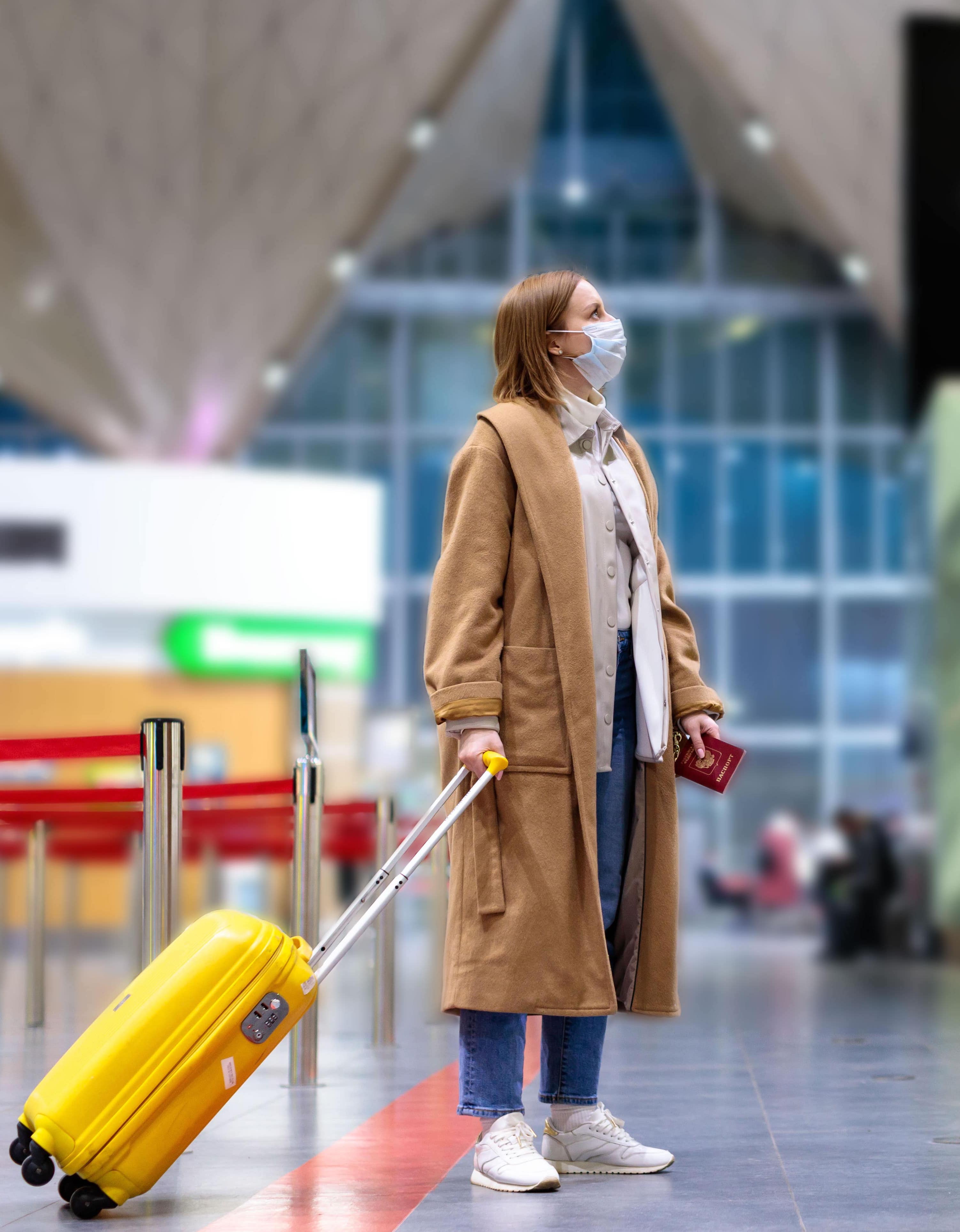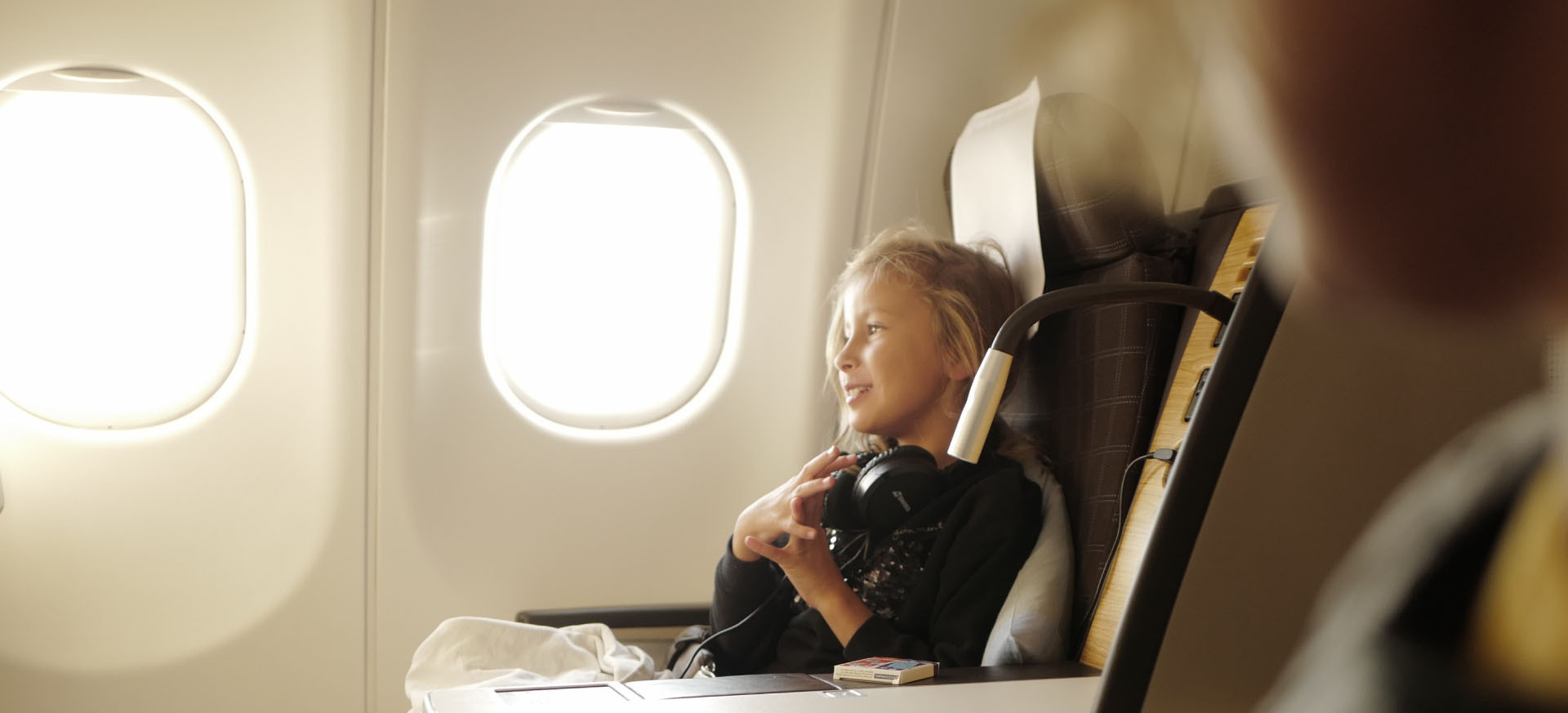COVID-19 (Coronavirus) brought the travel industry to a screeching halt. But with restrictions finally beginning to soften, many avid travelers are eager to pick up where they left off. However, things aren’t the same – and won’t be for some time, according to experts.
If you’re preparing to take to the friendly skies for the first time since Coronavirus made its unwelcome debut, you may be wondering what to expect. To that
end, we’ve prepared this handy guide to travel in the post-pandemic world.
What you can do
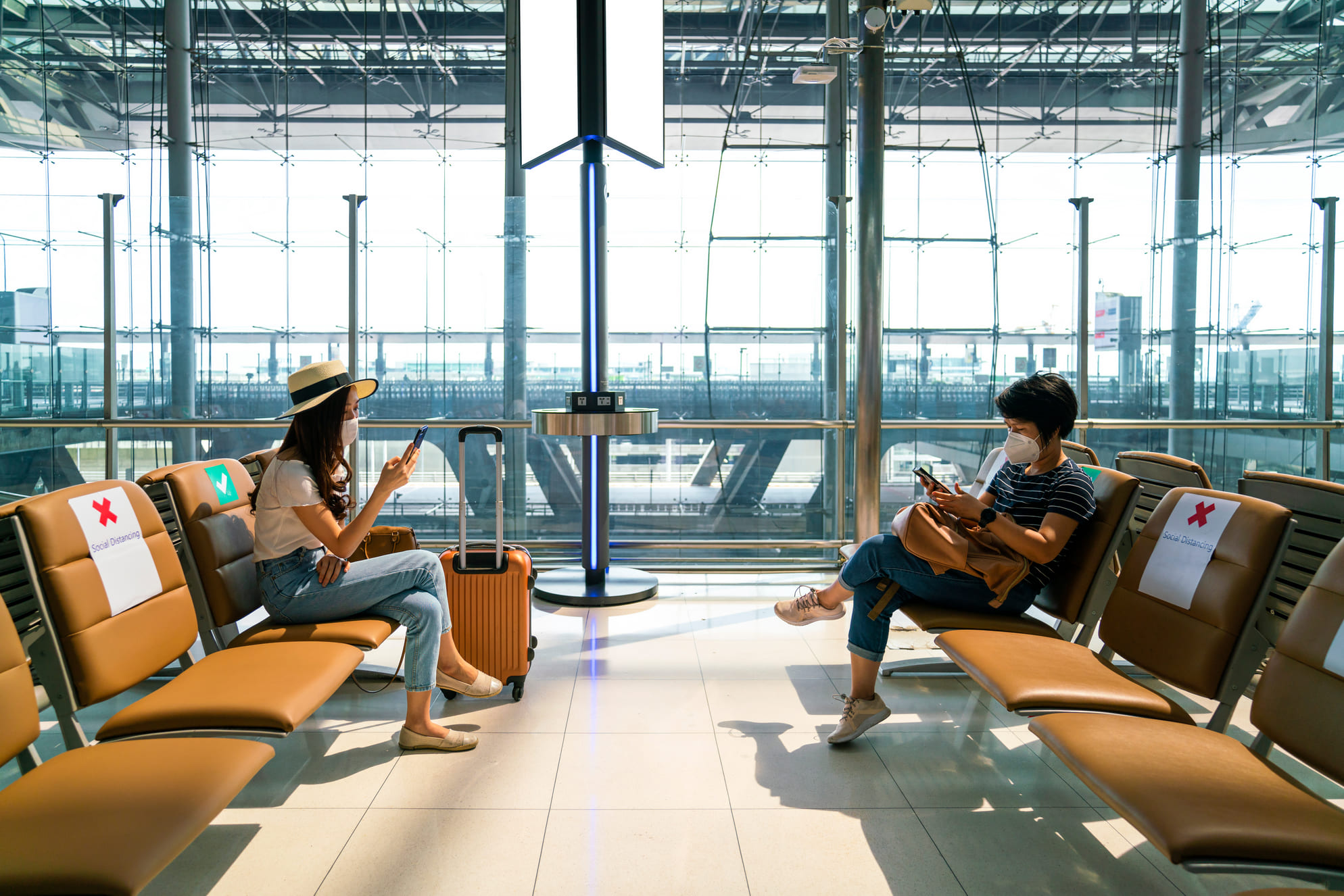 It’s important to acknowledge that just because more people are traveling doesn’t mean the risk is over. In fact, traveling by air remains risky as long as the virus is in circulation because it puts people from all over within close proximity. Dr. Sandra Kesh recently told CNET, “When you’re sitting on a plane waiting for it to take off, there is no air movement. If you turn on the fan above your head. That’s the only air moving. It’s a really terrific environment for one person to potentially infect the whole plane.”
It’s important to acknowledge that just because more people are traveling doesn’t mean the risk is over. In fact, traveling by air remains risky as long as the virus is in circulation because it puts people from all over within close proximity. Dr. Sandra Kesh recently told CNET, “When you’re sitting on a plane waiting for it to take off, there is no air movement. If you turn on the fan above your head. That’s the only air moving. It’s a really terrific environment for one person to potentially infect the whole plane.”
That being said, there are ways to protect yourself. The good news? They are measures you’re familiar with by now: Wear a mask, follow social distancing guidelines, and practice good hygiene, including frequent and thorough handwashing.
What airlines are doing
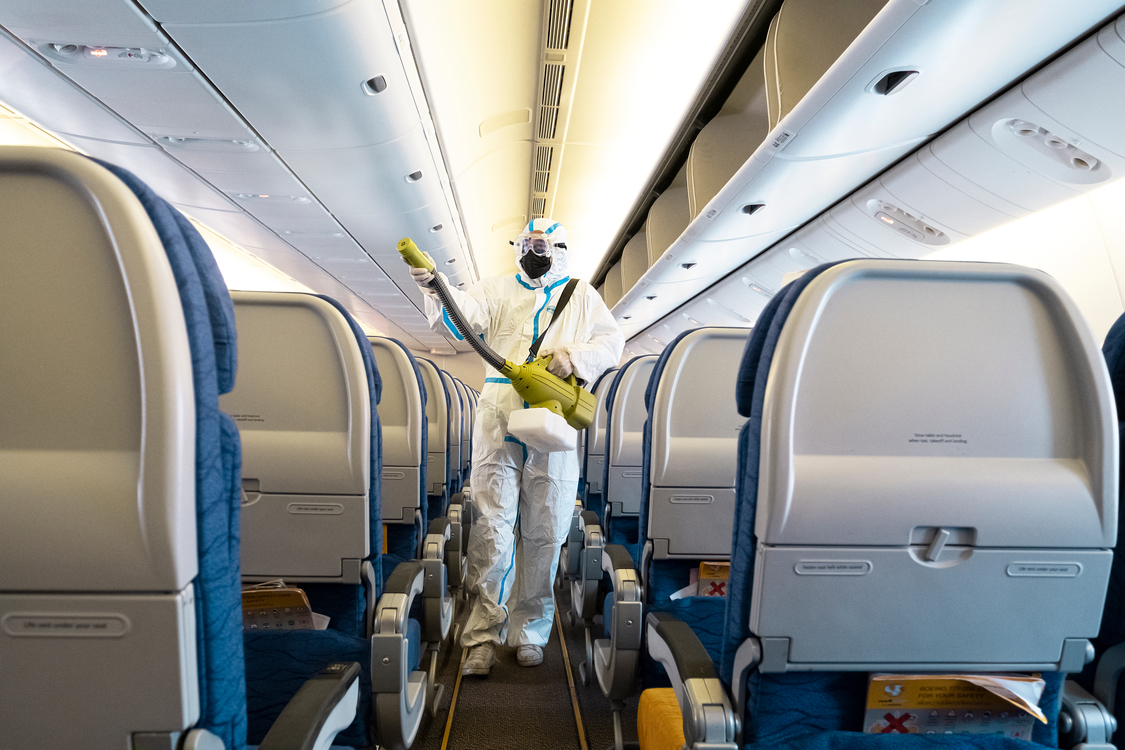
Know that airlines are doing everything they can to keep you safe, but this may mean some new inconveniences for passengers. For starters, many airlines are limiting flights so don’t assume that your usual flight will be available. Furthermore, airlines are also limiting cabin capacity by blocking off certain seats in the hopes of reducing contact and transmission. Flying during off-peak times can help ensure that you’ll have some space around you.
Airlines have also implemented more rigorous sanitation and cleaning protocols aimed at meeting or exceeding CDC guidelines. Many are also using HEPA filters to supply better air filtration and circulation while mandating that all staff, crew, and passengers wear masks.
While TSA hasn’t yet started subjecting passengers to temperature checks, there’s a possibility of this happening in the future – especially if cases surge. In that case, airlines will likely refund tickets to passengers who are turned away for elevated body temperatures. In the meantime, you may be screened for symptoms and/or asked to answer questions about your health history before being permitted to check into your flight.
Tips for traveling during COVID
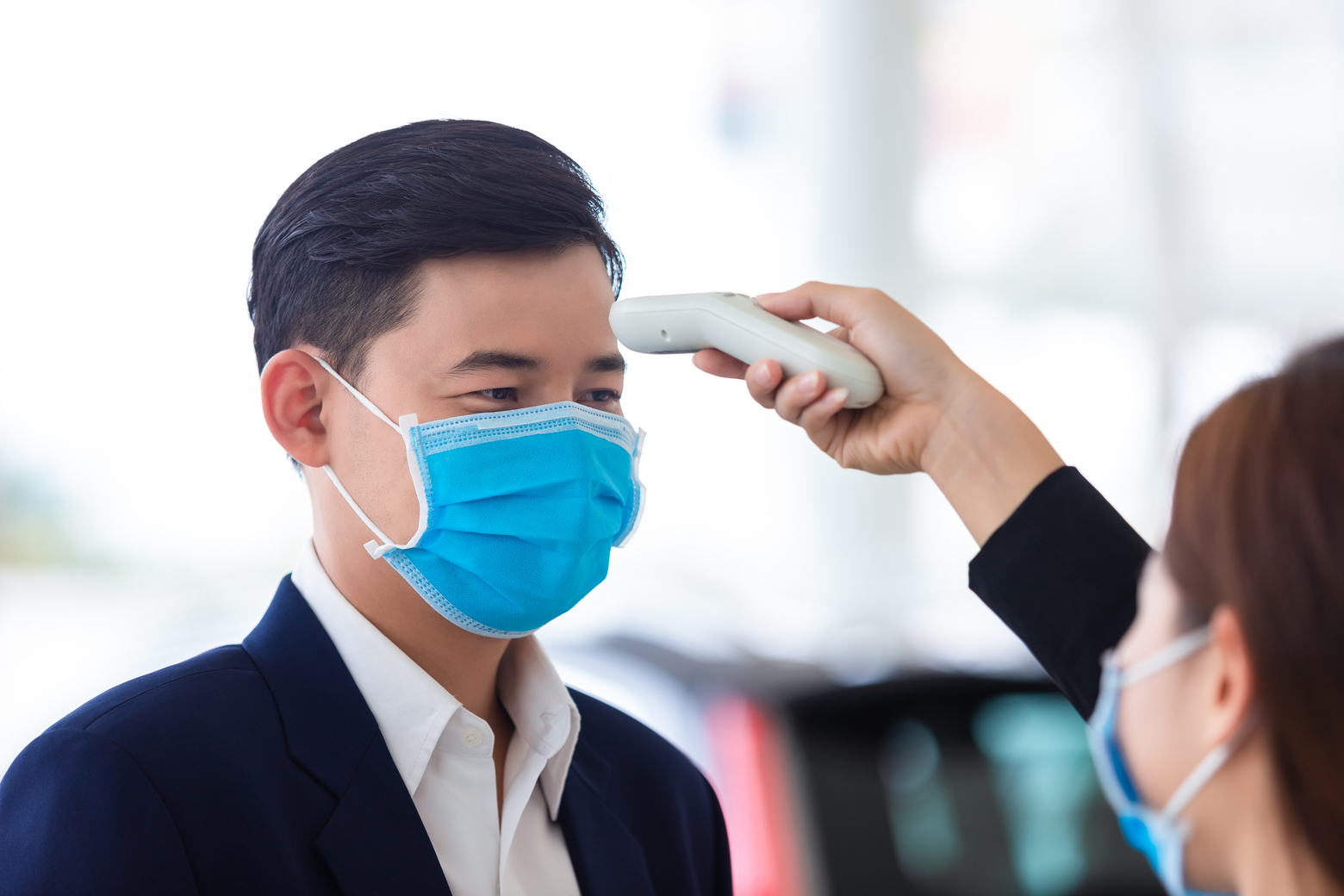
Whether your boarding pass is paper or electronic, avoid handing it directly to the TSA agent to minimize the potential of cross-contamination. Place your pass directly onto the boarding pass reader, instead.
While you will be expected to wear a face covering during the screening process, you may be asked to adjust or remove it for ID verification.
Because carry-on food items often trigger alarms that require handling and inspection by agents during the TSA screening process, travelers are now being asked to secure all carry-on food items in clear plastic bags before placing them in a bin for x-ray screenings.
To further reduce “touch-points” during screenings, TSA is also encouraging travelers to place items like keys, phones, belts, and wallets directly into their carry-on luggage before screening.
Because of COVID-19, travelers are now allowed to pack up to 12 ounces of liquid hand sanitizer in their carry-on bags. Note that 3.4-ounce liquid limits still apply for other belongings, and adhering to them will reduce agents’ needs to handle and inspect your items.
Even though airlines are amping up their sanitation and cleaning practices, bring along your own disinfectant wipes to wipe down your seat and tray while boarding.
While airports are less crowded than before, TSA has still taken measures to reduce contact. Lanes will be staggered to increase distance with visual reminders of appropriate spacing. Be aware that these measures may look different from airport to airport.
Airport staffing has also been impacted by COVID-19. To learn how early you should arrive prior to your flight, be sure to consult airport-specific recommendations for traveling during COVID.
One last thing to keep in mind? As COVID-19 is fluid, so are travel-related protocols. Before your flight, make sure to look for recent changes and updates to airline and TSA rules and regulations. Lastly, keep in mind that while traveling during a pandemic definitely qualifies as a “new normal,” planning ahead is the best way to minimize stress and maximize safety on your trip.

